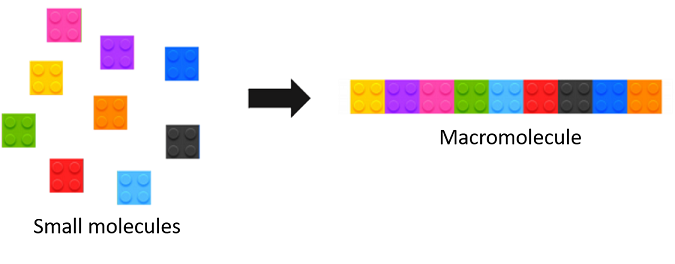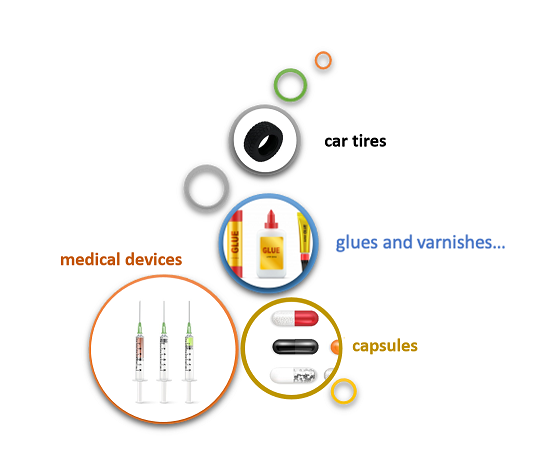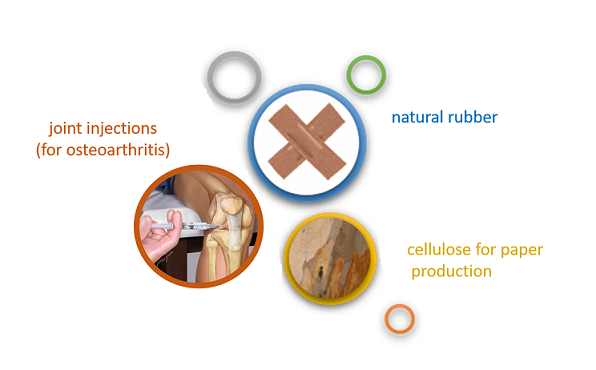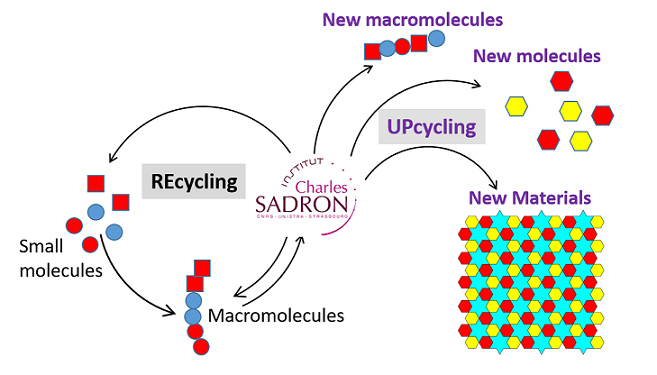Institut Charles Sadron Grand public
The Institut Charles Sadron (ICS) is a Centre National de la recherche scientifique (CNRS) laboratory divided in various teams interested in macromolecules and self-assembled systems.
What is a macromolecule?
A macromolecule is a very large molecule, made up of thousands or even millions of atoms or small molecules. You can imagine macromolecules as long chains made of small units connected to each other, similar to an assembly of LEGO® bricks.

What is a self-assembled system?
It is the assembly of small units in complex structures, which can be arranged in several configurations like when LEGO® bricks are assembled and disassembled in several ways to create architectures or machines.

There are two main classes of macromolecules: synthetic (created by humans), such as polymers; and natural (formed by nature), such as proteins, nucleic acids, carbohydrates, and lipids.
Where are they used?
Synthetic macromolecules are used in daily life, in particular in the materials domain. We can, for instance, find them in...

Natural macromolecules, on the other hand, are widely used in the biomedical field in various forms such as…

What do we do in ICS?
The Institut Charles Sadron (ICS) is a unique place where the synergy of combined approaches by chemists, physical chemists, and physicists enables the study and development of new macromolecular and self-assembled systems to create functional and “smart” materials to advance our understanding and for applications in the biomedical field and for energy harvesting.

Images credits:
© Cadre vecteur créé par starline - fr.freepik.com
© Fond photo créé par freepik - fr.freepik.com
© Noël vecteur créé par freepik - fr.freepik.com
© Fond vecteur créé par vectorpocket - fr.freepik.com
© Bleu photo créé par kstudio - fr.freepik.com
© Main photo créé par freepic.diller - fr.freepik.com
© Fond photo créé par Dragana_Gordic - fr.freepik.com
© Fond photo créé par aopsan - fr.freepik.com